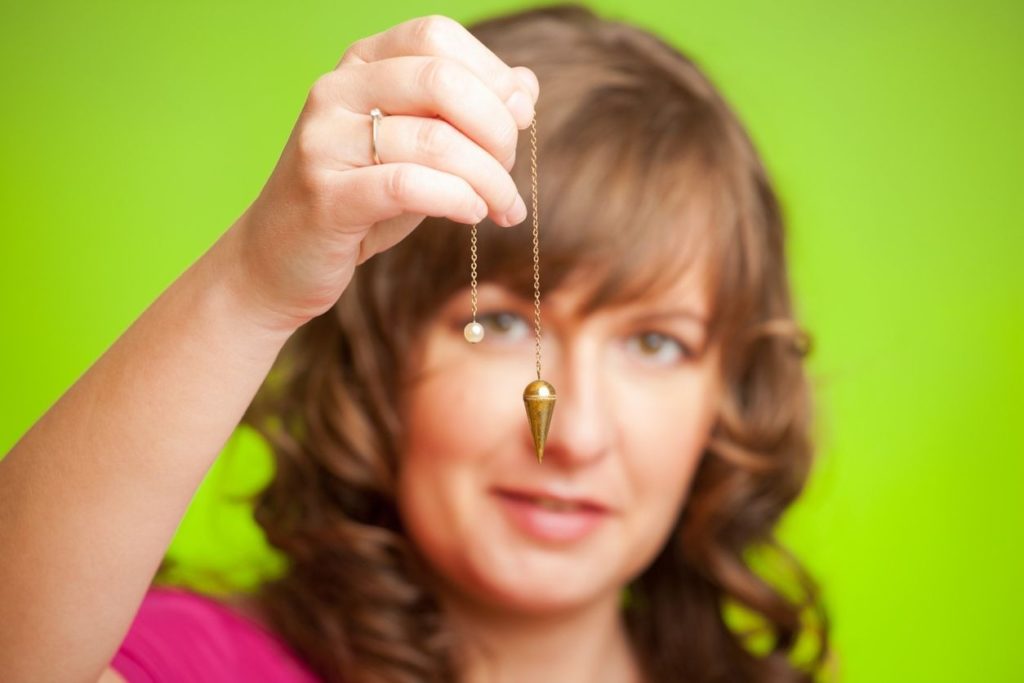How to practice self-hypnosis every day ?
Caution : You must consult your doctor for your health. This page presents only a personal and alternative point of view which should not be considered as an attempt to prescribe medicine.
Many people think that they can only be subjected to hypnosis with the help of a hypnotist.
With the right exercises, it is quite possible to teach yourself to suffer from hypnosis.
It allows you to learn to enter your inner self and your subconscious.
In this way, you can master your subconscious mind and influence your thoughts and feelings.
If you learn to control it properly, you can learn to solve your problem and achieve your goal.

Self-hypnosis technique to calm stress
What is self-hypnosis?
It is wrong to think that hypnosis can only be treated with the help of a hypnotist.
With the right exercises, it is possible to put yourself under hypnosis.
With self-hypnosis, you become your inner being and you are isolated from the outside world.
All kinds of things are happening in your subconscious, such as your thoughts and your physical condition.
You often don't think about this in your consciousness.
With self-hypnosis, you learn to control your thoughts, which allows them to change.
This way it can be used to achieve your goal.
Self-hypnosis can be used for a variety of purposes.
Some use it as pure relaxation, but it can also be used to solve problems.
For example, an overweight person who wants to lose weight, but it does not work.
Then, self-hypnosis can be used to teach you how to diet better in order to lose weight.
Here are some goals that self-hypnosis can achieve: Quit smoking, gain more self-confidence, solve sleep problems, experience less stress, overcome fears, cope with phobias or cope with pain.
How to breathe to enter self-hypnosis quickly?
Breathing well is a pleasant and useful way to start self-hypnosis.
Deep breathing works well, does not require any special conditions, and has been used since time immemorial.
The beliefs that condition and limit our unconscious result in limitations and impossibilities in our lives.
Breathing freely, and therefore increasing our available energy and awareness, can be a fundamental step in the direction of change and expansion of well-being.
The breathing that we normally use is short and rapid and involves the expansion and contraction of the rib cage, which however does not have a great capacity for expansion.
Deep breathing, on the other hand, is diaphragmatic.
It comes from the abdomen, the membrane called the diaphragm, which, when pushed by the abdominal muscles, allows the lungs to fill completely.
Slow, steady breathing involves an adrenaline rush when we are afraid or worried.
The benefits of deep breathing are immediately apparent.
The heart slows down, blood flow to the extremities increases, and the muscles relax.
(The increase in blood flow to the extremities, due to muscle relaxation, is perceived by the warming of the skin).
Breathing is essential for self-hypnosis.
Take a deep breath and let it go, activate the parasympathetic nervous system which tells the body that it can finally relax.
It's time to let go of the tensions and enjoy a few minutes of peace.
Breathing induces changes in bodily rhythms which are very helpful in quickly emerging from states of anxiety and panic.
Calm and relaxed breathing facilitates self-hypnosis, which is why breathing exercises are always featured in self-hypnosis manuals.
Learning to breathe more widely and more freely can therefore lead to a considerable increase in your well-being.
Abdominal breathing is that which allows better oxygenation and is more suitable for the release of breathing.
It is easy to learn and Loris, Breathing Coach will help you with this with his method, but we may experience resistance to intervening in our insufficient way of breathing: the subconscious knows that breathing more deeply can bring out problems memories and painful emotions.
❤ The ultimate guide to breathing
Intermittent Breathing : Discover the method to quickly relieve your anxiety and chronic fatigue (positive effects from the first use).Read also :
Previous article : Solar plexus and painful point in the back : what the problem ?
Next article : Knotted intestine: how to unlock the intestinal knot?

